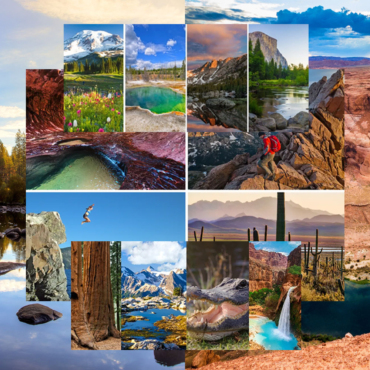This summer, Auburn University author and research professor Lee A. Farrow, delivered a series of presentations about the most famous U.S. National Parks for the American Center audience.
If you missed the events or would like to re-watch them, follow the links to our YouTube channel!
🎥 Yosemite, Death Valley, and Sequoia
Yosemite is renowned for its breathtaking landscapes and natural beauty: dramatic granite cliffs, waterfalls, crystal-clear rivers, groves of giant sequoias, and rich biodiversity (nearly 95% of the park is designated as wilderness). Sequoia National Park, as its name suggests, is famous for its massive sequoia trees, including the “General Sherman,” the largest tree on Earth by volume.
🎥 Yellowstone and Grand Canyon
Yellowstone, the world’s first national park (established March 1, 1872), is famous for its numerous geysers, geothermal wonders, diverse wildlife, and stunning landscapes. The Grand Canyon, one of the oldest national parks in the U.S., is recognized as one of the natural wonders of the world.
🎥 Zion, Bryce Canyon, and Arches
Zion features nine geological formations, showcasing unique stone deposits that span 150 million years! Bryce Canyon is a massive natural amphitheater along the eastern edge of the Paunsaugunt Plateau, shaped by erosion. Arches National Park boasts over 2,000 natural sandstone arches, including the iconic “Delicate Arch.”
🎥 Mammoth Cave, Great Smoky Mountains, and Everglades
Mammoth Cave National Park contains part of the world’s longest cave system. The Appalachian Trail, the longest continuous hiking route in the world, passes through Great Smoky Mountains National Park. Meanwhile, the Everglades, 86% of which is designated as wilderness, offers visitors close encounters with diverse flora and fauna, including great blue herons, anhingas, double-crested cormorants, and American alligators.


Leave a Reply